Your Home Is Under Attack: A Real-World Guide to Wiping Out Fleas for Good
My most important lesson about fleas didn’t come from a textbook. It came from a kennel full of rescued puppies, and boy, was it a tough one. Early in my animal welfare days, we took in a litter that looked perfectly healthy. A week later, the whole place was crawling.
In this article
We did everything we thought we were supposed to do: flea baths, powders, cleaning around the clock. But they just kept coming back. It taught me a hard truth that I’ve carried with me ever since. You can’t just fight the fleas you see; you have to fight the entire invisible army hiding in your home. An infestation is a two-front war, fought on your pet and in your house. If you ignore one, you’ll lose. It’s that simple.
Over the years, after countless conversations with vets and pest control pros, I’ve dialed in a system that actually works. It isn’t about some magic spray. It’s about a relentless, strategic approach. This guide is that method. It takes patience, but trust me, it will help you reclaim your home and give your furry friend some much-needed relief.
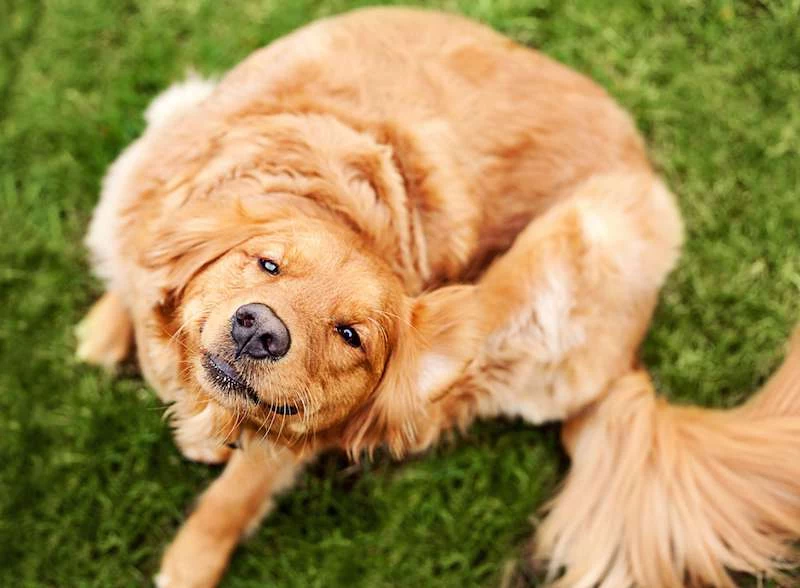
Found Fleas? Here’s Your First-Hour Action Plan
Okay, take a deep breath. If you just spotted fleas, panic is normal, but action is better. Here’s your immediate “Flea First-Aid Kit” to get control right now:
- Step 1: Treat Your Pet. The absolute first thing to do is give every single pet in your home a fast-acting, vet-approved flea treatment. This stops the egg-laying factory immediately. More on which kind to choose in a minute.
- Step 2: Start the Laundry. Strip all your pet’s bedding, your own bedding, and any blankets or throws they love to sleep on. Get it all into the washing machine on the hottest cycle the fabric can handle.
- Step 3: The Hot-Spot Vacuum. Grab your vacuum and do a quick but thorough 15-minute pass on the most critical areas. Think: their favorite sleeping spot, the area around their food bowls, and any rugs they frequent.
Doing these three things buys you time and mental space to tackle the rest of the problem without letting it get worse.
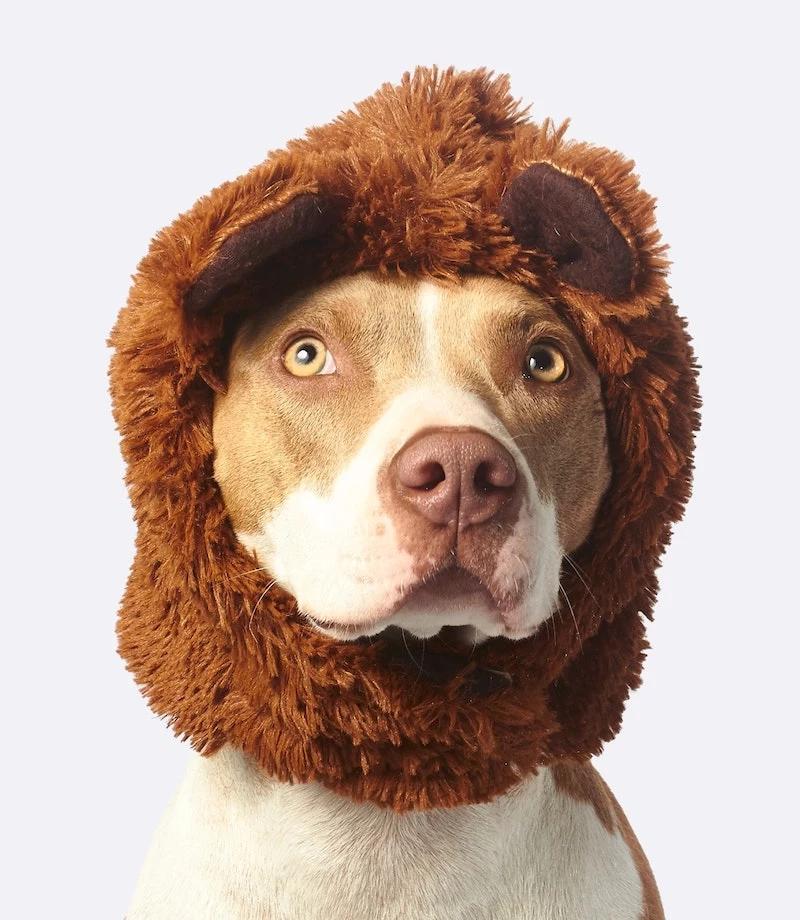
Know Your Enemy: The Vicious Flea Life Cycle
Before you can win, you have to understand who you’re up against. The adult fleas hopping around on your pet? They’re only about 5% of your total problem. The other 95% is an invisible infestation of eggs, larvae, and pupae hiding in your carpets, furniture, and floorboards. This is exactly why just treating your pet never works.
A single female flea can lay up to 50 eggs a day. They aren’t sticky; they fall off your pet like a tiny salt shaker, seeding your entire home. In just a few days, those eggs hatch into larvae. These tiny worm-like things hate light, so they burrow deep into carpet fibers or couch cushions. They feast on “flea dirt,” which is basically the digested blood from adult fleas that also falls off your pet. Gross, I know.
But here’s the real kicker: the pupal stage. The larva spins a sticky, nearly indestructible cocoon around itself. This little armored bunker is camouflaged by dust and debris, making it almost impossible to vacuum up. Even worse, it’s highly resistant to most insecticides. The pupa can stay dormant for months, just waiting. They’re triggered to hatch by things that signal a meal is nearby—vibrations from your footsteps, body heat, and even the carbon dioxide you breathe out. This is why you can think you’ve won, only to have a fresh wave of fleas appear weeks later. It’s the pupae hatching.
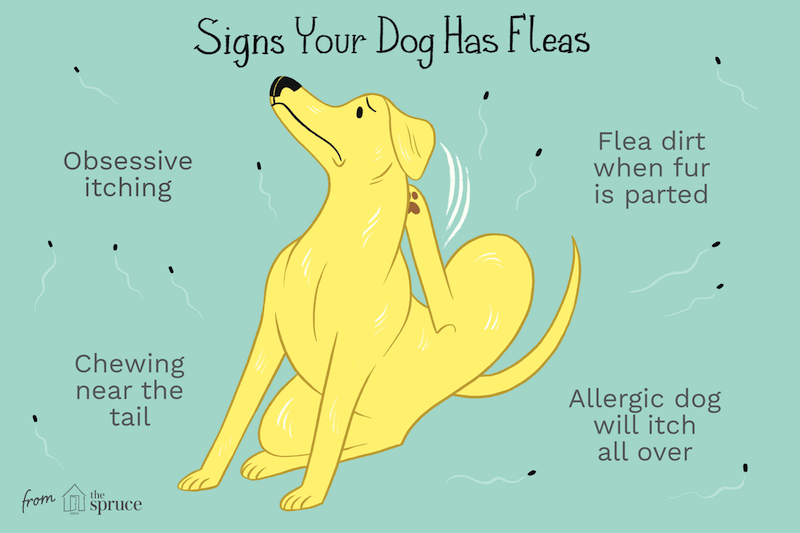
Part 1: The Pet Offensive – Choosing Your Weapon
First things first: talk to your vet. Seriously. They know what’s working against the local flea population and what’s safe for your specific pet’s health. Self-prescribing is a recipe for wasted money and continued frustration. Today’s products are amazing, but you need the right one.
So, what are your main options? It usually boils down to an oral chew or a topical drop.
Oral Chewables: The ‘Set It and Forget It’ Method
These are the chewable treats that provide systemic protection. When a flea bites your pet, it gets a dose of the medication and dies fast, usually before it can lay a bunch of eggs. Many of these provide protection for one to three months, which is a huge plus for busy folks. The downside? The flea has to bite to die. Cost-wise, you might be looking at around $50 to $70 for a three-month dose. It feels pricey upfront, but it’s often cheaper than battling an infestation for half a year.
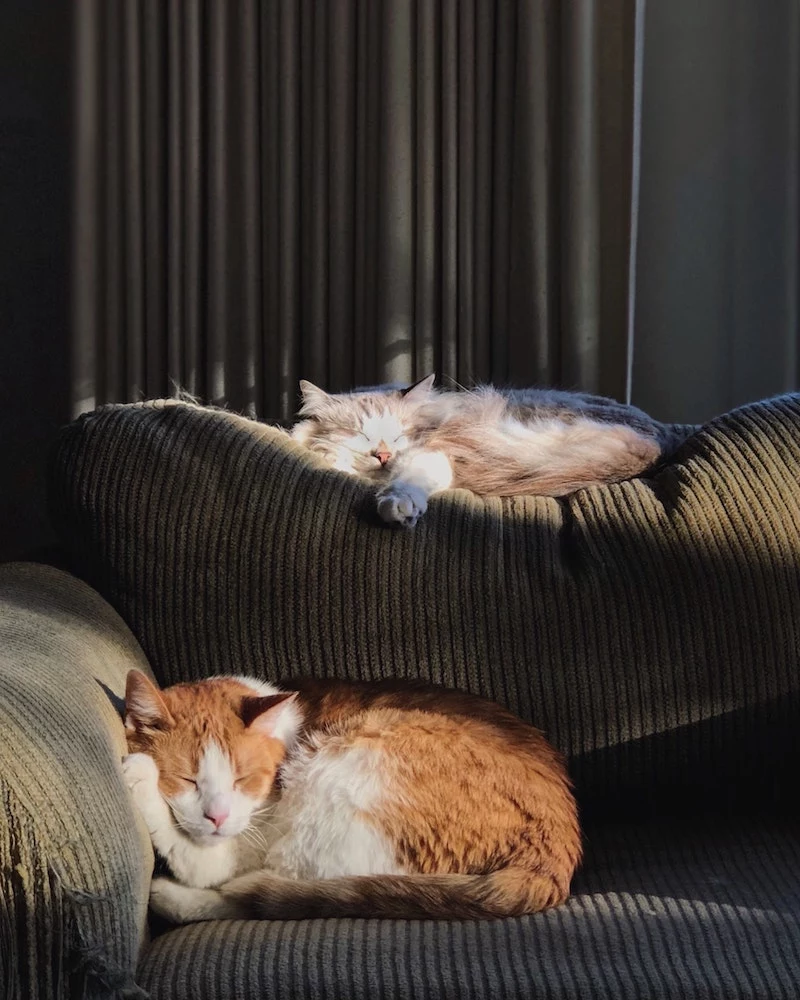
Topical Drops: The Classic Approach
These are the little vials of liquid you apply between your pet’s shoulder blades. The medication spreads through the oils in their skin. They’ve been around for a while, and some flea populations have started to show resistance to the older formulas, so be sure you’re getting a modern product. They can be a bit messy, and you have to be careful your pet doesn’t lick it off. On the upside, they are often cheaper per dose, running about $15 to $20 for a month’s supply.
Whichever you choose, make sure it contains an Insect Growth Regulator (IGR). Think of this as flea birth control. It doesn’t kill the adults, but it prevents any new eggs from hatching and stops larvae from growing up. An adulticide plus an IGR is the one-two punch you need.
By the way, that flea shampoo you have? It’s only good for one thing: giving a heavily infested pet immediate, temporary relief. It kills the fleas on them at that moment, but it has zero lasting effect. An hour later, a new flea can hop on and be perfectly fine. Use it for the initial clean-up, but always follow it with a long-lasting preventative.
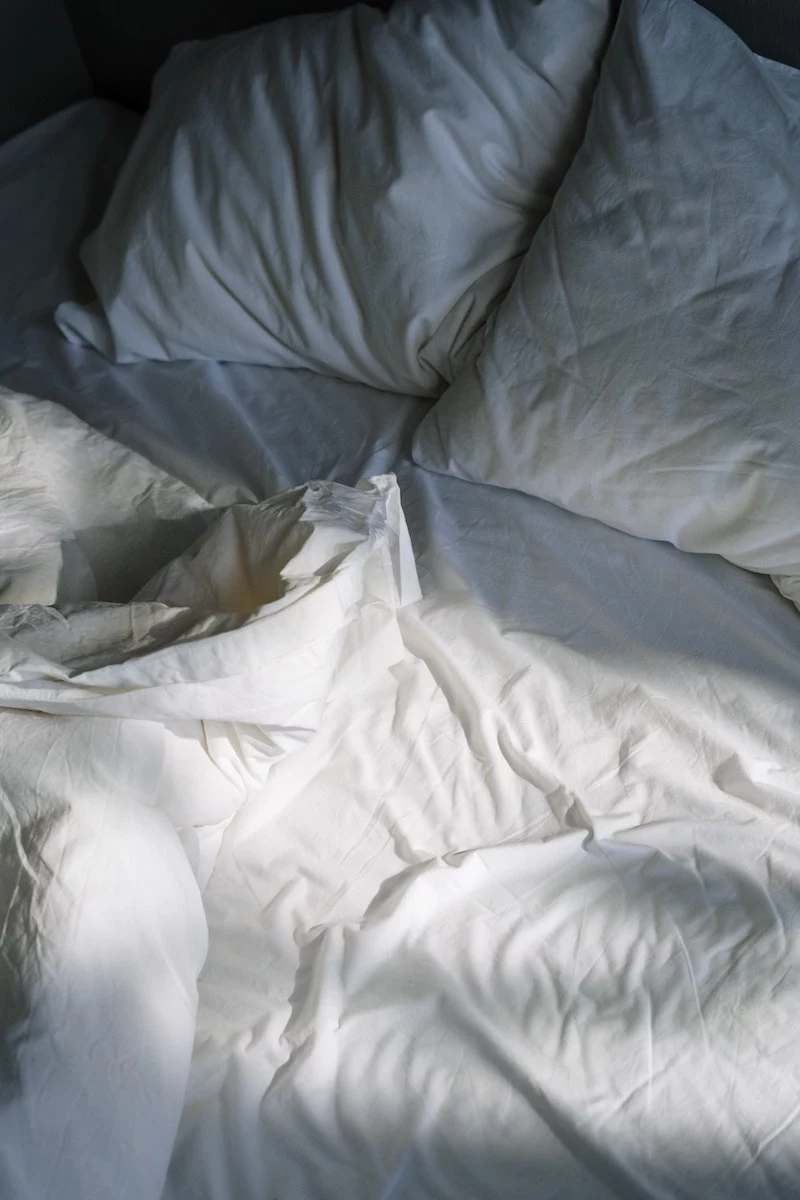
A CRITICAL WARNING: I can’t say this loudly enough. NEVER use a dog flea product on a cat. Many dog products contain permethrin, which is perfectly safe for dogs but is extremely toxic to cats. It can cause seizures and even death. I’ve personally seen the tragic outcome when a well-meaning owner makes this mistake. It’s a preventable disaster. Always, always read the label.
Part 2: The Home Front – Taking Back Your Territory
With your pet protected, it’s time to deal with the 95% of the problem lurking in your house. Be methodical. Be aggressive.
Your #1 Weapon: The Vacuum Cleaner
This is the most important non-chemical tool you have. It sucks up eggs, larvae, and adults. More importantly, the heat and vibration of the vacuum actually trigger those stubborn pupae to hatch, exposing the new adult fleas to the treatment on your pet. During an active infestation, you need to vacuum every single day for at least two weeks. No exceptions.
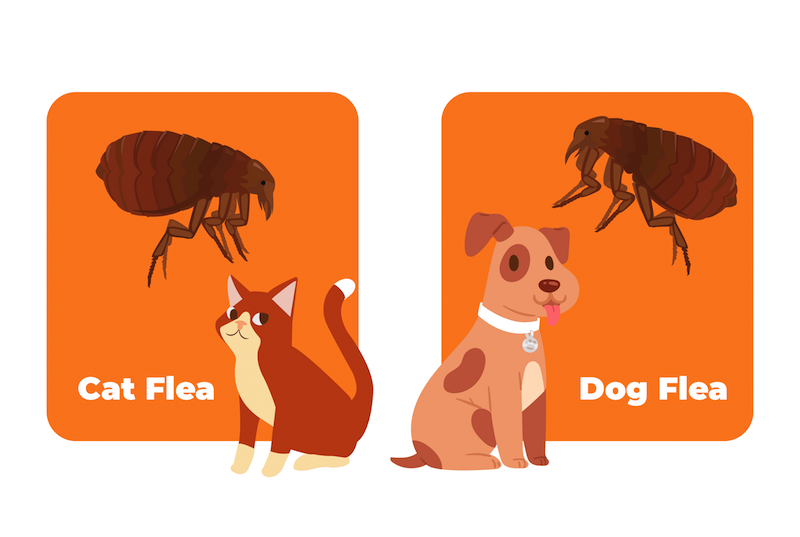
Quick tip: A common mistake is just vacuuming the middle of the floor. You have to get forensic. Use the crevice tool and focus on these top 5 flea hot spots:
- Where your pet sleeps. (This is ground zero.)
- Your own bed and the sofa. (Be honest, they sleep there too.)
- Along all the baseboards and in corners. (Larvae love dark edges.)
- Sunny spots by windows where pets nap.
- Underneath furniture.
Heads up! After every session, you MUST dispose of the vacuum’s contents immediately. Seal the bag or the canister contents in a plastic bag and get it into an outside trash can. If you don’t, they will crawl right back out.
Wash, Dry, Repeat
Gather every washable item—pet beds, blankets, rugs, your bedding—and wash it in the hottest water possible. A temperature of 140°F (60°C) kills all flea stages. Then, dry everything on the highest heat setting for at least 30 minutes. The heat is just as important as the wash.

Don’t Forget the Forgotten Zones: Your Yard and Car
Fleas don’t respect boundaries. If your pet goes in the car, so do the fleas. Vacuum the seats and floor mats just as thoroughly as you do your house. If you use a premise spray, you can give the floor mats (once removed from the car) a light spritz, too.
The yard is another huge reservoir. The best, pet-safe solution here is beneficial nematodes. These are microscopic worms that you mix with water and spray on your lawn with a simple garden sprayer. They hunt down and kill flea larvae and pupae in the soil but are completely harmless to people, pets, and good bugs like bees. You can find them at most garden supply centers or online from specialty retailers. A batch to treat a standard yard will run you about $30 to $50, and it’s worth every cent for peace of mind.
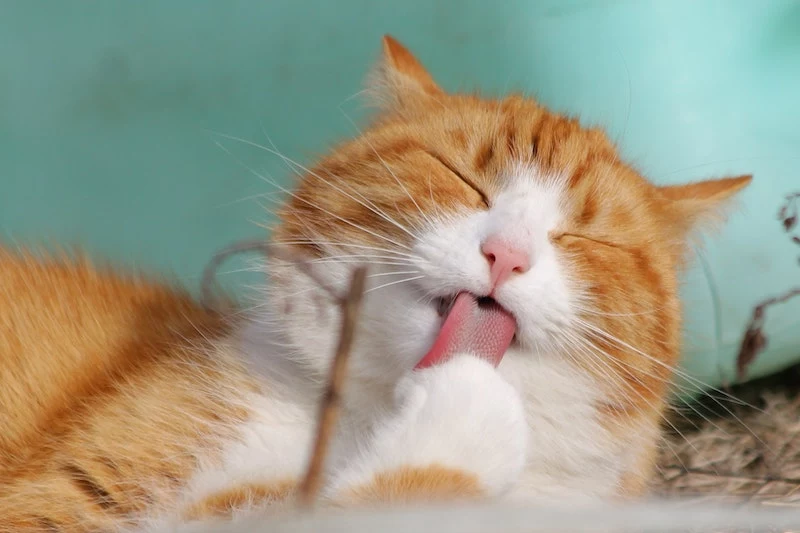
The Deal with ‘Natural’ Remedies
I get it, everyone wants to avoid harsh chemicals. But when it comes to a real flea infestation, most “natural” remedies are a waste of time and money. To be frank:
- Diatomaceous Earth (DE): My take? It’s messy, a potential lung irritant if it gets airborne, and it has to stay bone-dry to work. It’s just not powerful enough for a real fight. Stick to the vacuum.
- Essential Oils: This is a big no from me. Oils like tea tree, pennyroyal, or citrus are toxic to pets, especially cats, when applied to the skin or ingested. It’s not worth the risk.
- Garlic & Brewer’s Yeast: These are old myths that have been completely debunked. They do nothing to repel fleas, and large amounts of garlic are toxic to dogs and cats.
The most effective strategy combines a modern, vet-approved product for your pet with relentless physical removal (vacuuming and washing) in your home.
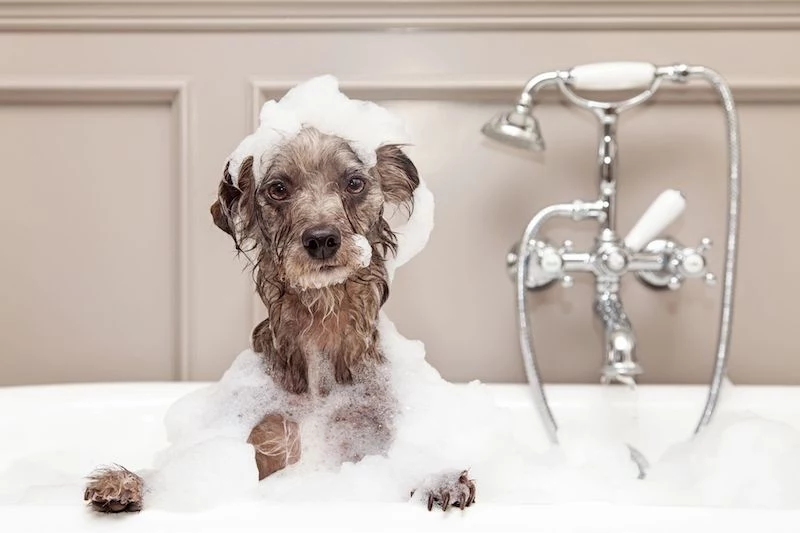
Your 4-Week Flea Eradication Blueprint
Stick to this timeline without cutting corners. This is how you win.
Day 1: The Assault
Treat every pet. Wash all bedding. Do a deep, thorough vacuum of the entire house, hitting all the hot spots. Dispose of the vacuum contents outside.
Week 1: Constant Pressure
Vacuum the whole house every single day. Use a flea comb on your pets daily to check your progress. You’re looking for fewer and fewer fleas.
Week 2: The Big Hatch
Keep vacuuming daily. Don’t be discouraged if you suddenly see a few new fleas this week! This is a good sign. It means the pupae are hatching from the vibrations, and your treated pet is now a walking flea-killer, mopping them up before they can lay eggs.
Weeks 3 & 4: The Wind-Down
You can probably scale back to vacuuming every other day. You should be finding zero fleas on your comb. At the end of the month, make sure you re-apply your pet’s preventative on time. Consistency is everything.
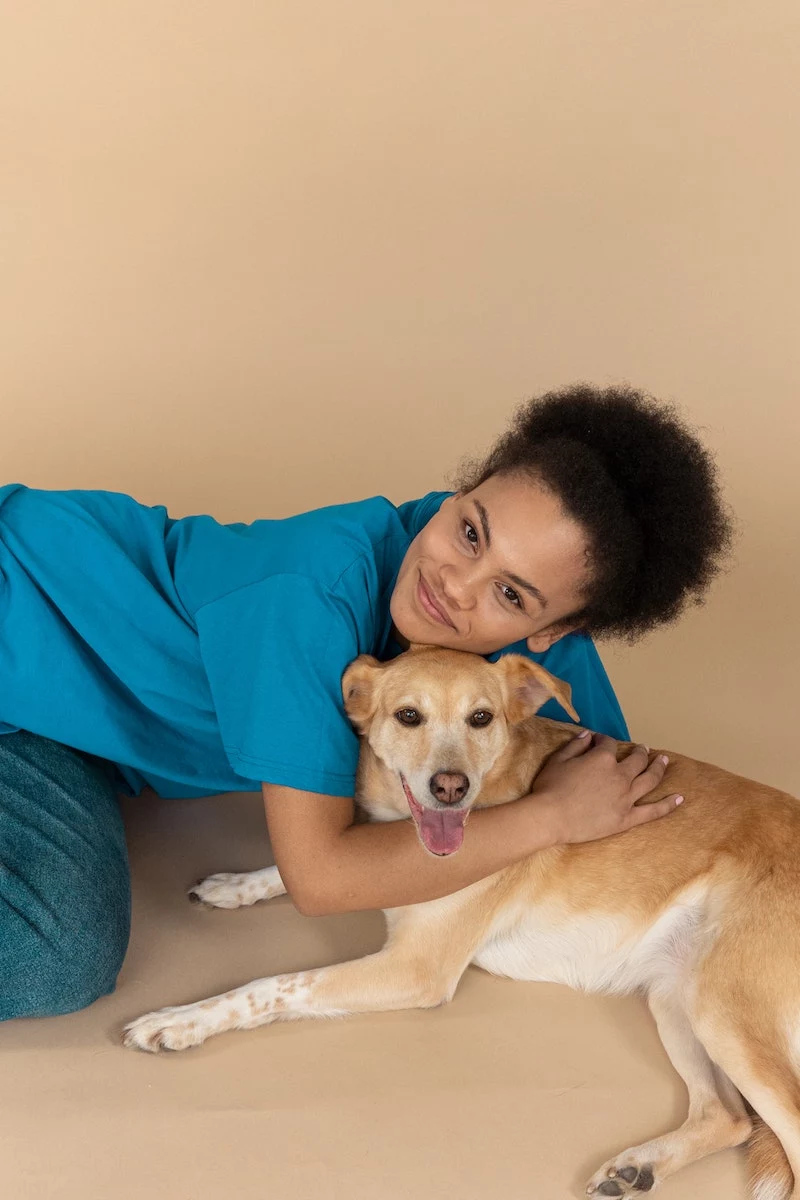
When You Should Just Call a Professional
Sometimes, you need to bring in the big guns. It’s time to call a professional exterminator if you’ve followed the plan and are still seeing fleas, or if the infestation was just too massive to begin with. The cost can be a bit steep, typically ranging from $150 to $400 depending on your home’s size, but they have access to more powerful, longer-lasting products. Think of it as an investment in getting your life back.
Getting rid of fleas is a marathon, not a sprint. It will test your patience. But by fighting that two-front war—on your pet and in your home—you absolutely can win. Stay consistent, stay thorough, and keep up with year-round prevention so you never have to go through this again.
Inspirational Gallery
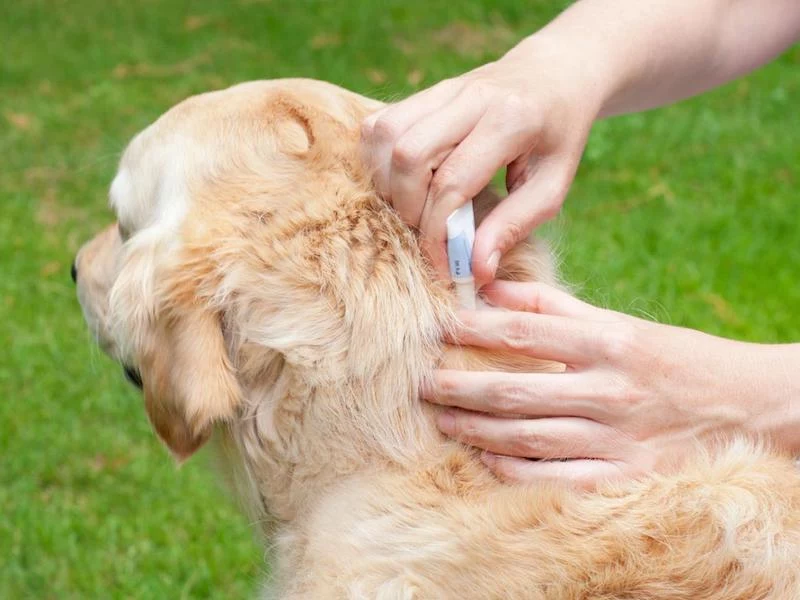

Don’t forget the four-wheeled family member! Your car is a perfect, often overlooked, incubator for fleas. Fabric seats, floor mats, and carpets can harbor eggs and larvae. After a vet visit or a trip to the dog park, a quick vacuum of your car’s interior, especially where your pet sits, can prevent a home infestation from spreading to your vehicle, or vice versa.

- Kills 96% of fleas in all life stages on contact.
- Penetrates deep into carpet fibers, upholstery, and cracks.
- Sanitizes surfaces without any harsh chemicals.
The secret? High-temperature steam. A quality steam cleaner (like those from Kärcher or Bissell) uses superheated water to destroy eggs, larvae, and adult fleas instantly, offering a powerful, eco-friendly weapon in your arsenal.
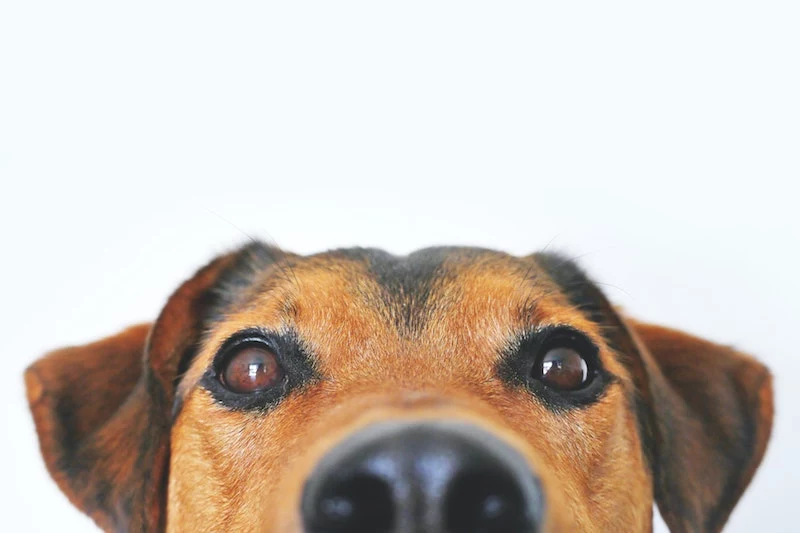
Important point: The Phantom Itch. After clearing an infestation, it’s common to still feel a crawling sensation on your skin. It’s your brain on high alert, a psychological echo of the stress. Acknowledge it, but trust your treatment plan. Once you stop finding physical evidence (flea dirt, live fleas), you can start to relax and reclaim your home’s sense of peace.
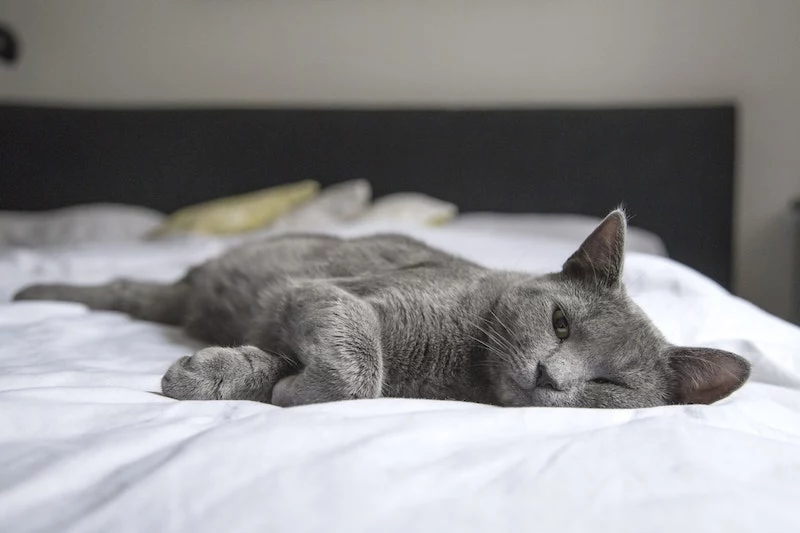
Curious if your efforts are working? A simple DIY flea trap can act as a nightly monitor. It won’t solve the infestation, but it will show you the level of activity.
- Fill a shallow dish (a pie plate works well) with warm water and a good squirt of dish soap. The soap breaks the water’s surface tension.
- Place the dish on the floor in a low-traffic area where you’ve seen activity.
- Shine a small lamp or a nightlight directly over the dish. Fleas are attracted to heat and light.
Check it in the morning. Fewer fleas over time means you’re winning the war.

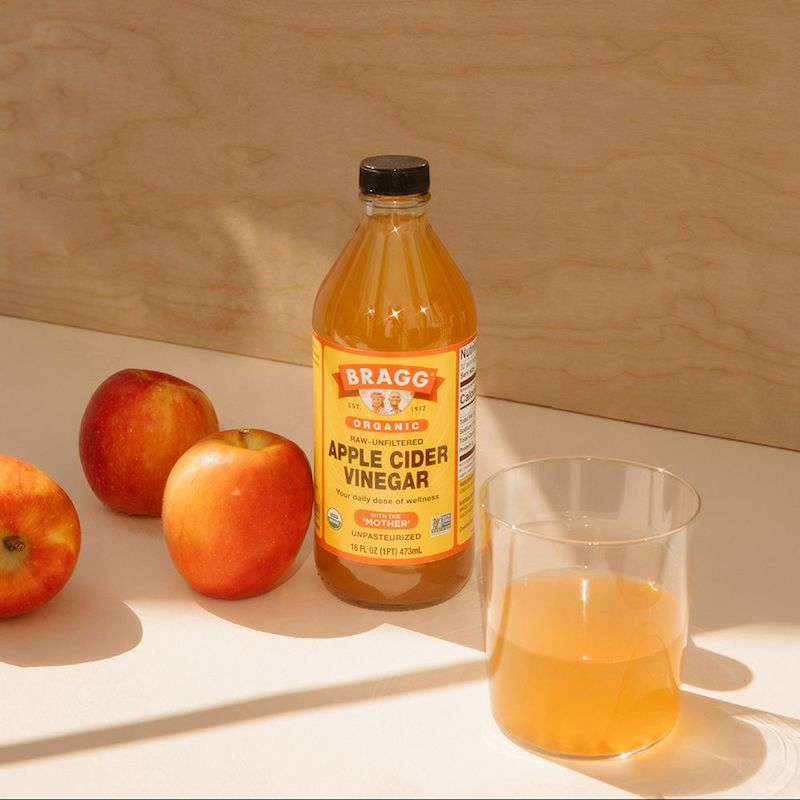
Can my home be flea-resistant and still stylish?
Absolutely. While plush, deep-pile carpets are a flea paradise, hardwood, laminate, or tile flooring with washable area rugs are far better. For furniture, opt for leather or tightly woven fabrics. Performance materials, like those from Crypton, are designed to be less hospitable for pests while blending protection with high-end design, proving you don’t have to sacrifice style for a flea-free home.
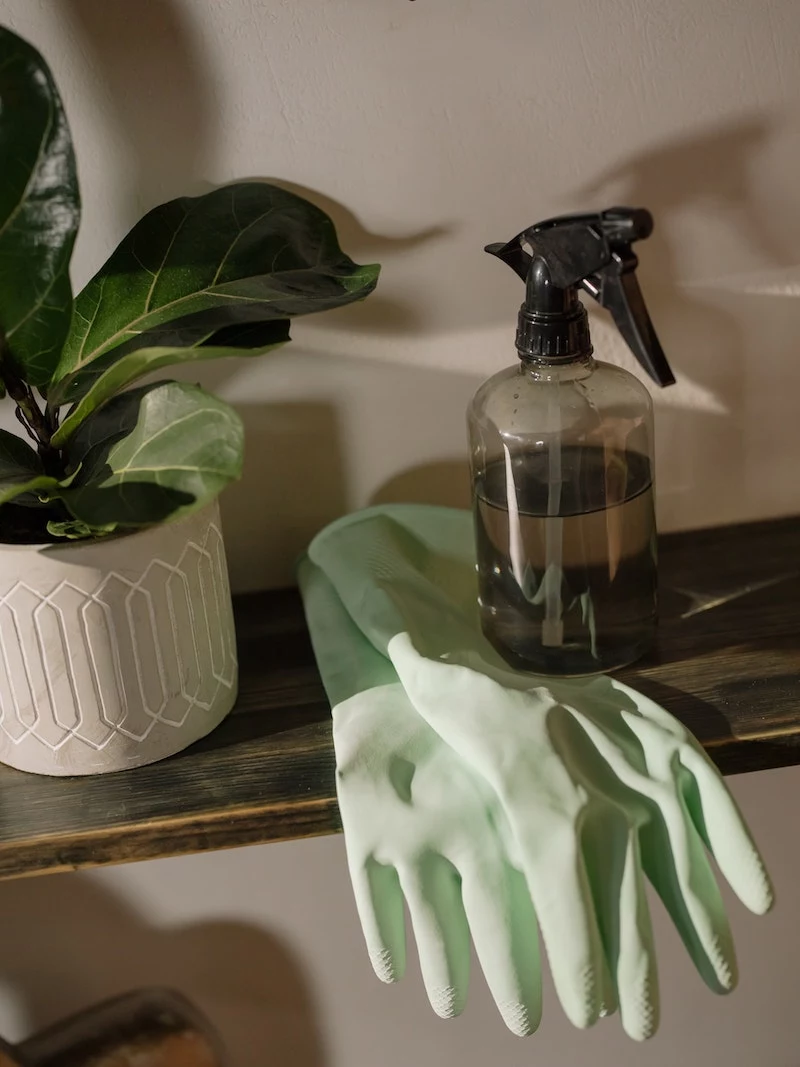
Chemical Sprays (like Virbac Indorex): These offer a fast knockdown of adult fleas and often contain an Insect Growth Regulator (IGR) to stop eggs from developing. They’re highly effective but require good ventilation and keeping pets away until dry.
Diatomaceous Earth (Food-Grade): This natural powder dehydrates fleas. It’s safe but can be messy and needs direct contact to work. It’s great for cracks, crevices, and under furniture.
For a severe infestation, an IGR spray provides the initial knockout punch, while diatomaceous earth is a good, non-toxic follow-up for hard-to-reach areas.
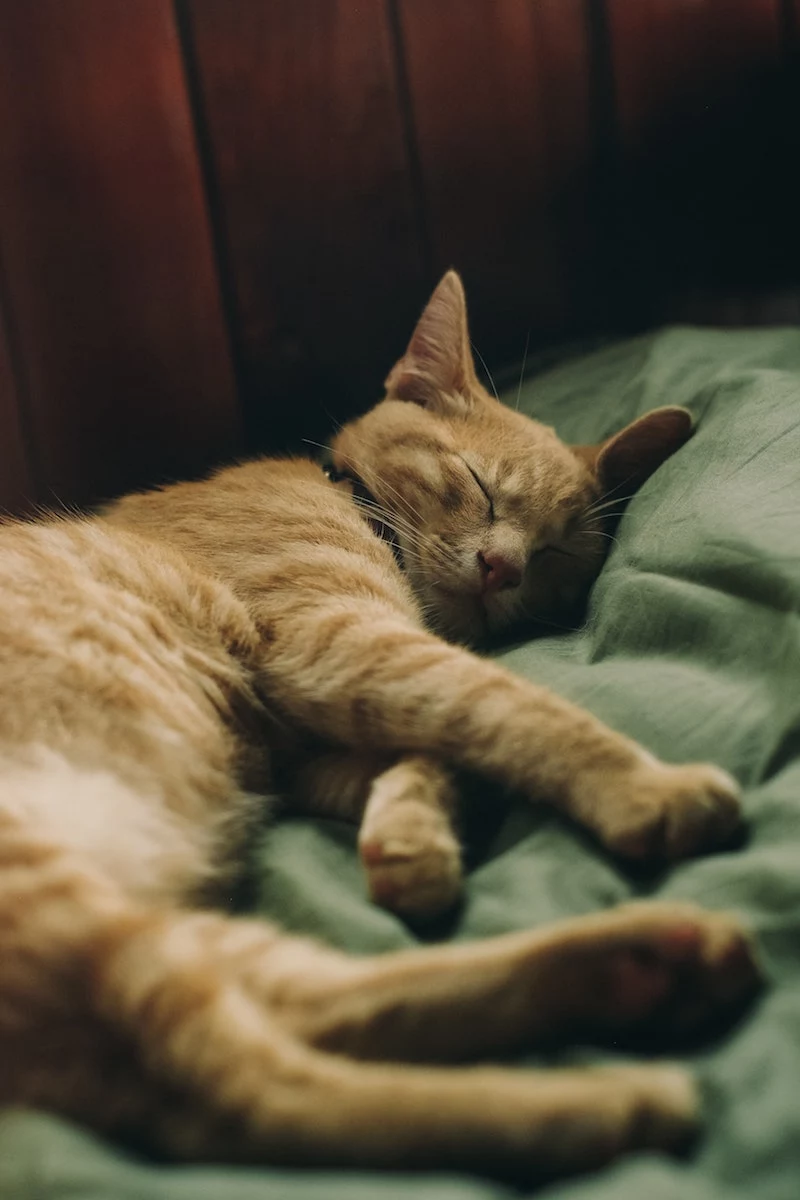
A single female flea can lay up to 50 eggs per day.
This terrifying number is why just killing adult fleas is a losing battle. The most effective long-term solutions use an Insect Growth Regulator (IGR). IGRs, like the pyriproxyfen found in household sprays or spot-on treatments like Frontline Plus, act as flea birth control, preventing eggs from hatching. This breaks the life cycle and stops the next generation before it can even start.
- Salt It: Finely ground table salt sprinkled on carpets acts as a desiccant, dehydrating flea eggs and larvae. Let it sit for 12-48 hours, then vacuum it up thoroughly.
- Combat with a Comb: A simple, fine-toothed flea comb and a bowl of soapy water can manually remove dozens of adult fleas from your pet daily. It’s labor-intensive but effective and free.
- Wash, Wash, Wash: Relentless laundering of bedding in hot water is one of the most powerful, low-cost tools you have.










